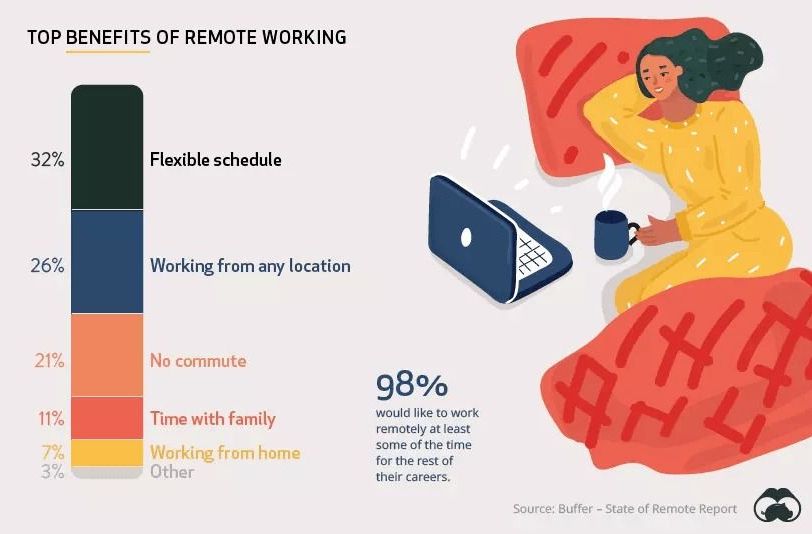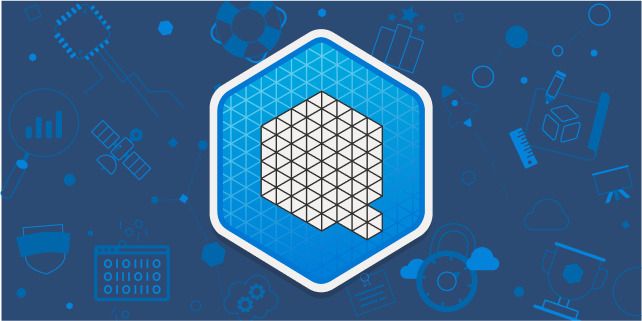New images taken by BepiColombo come at a time when interest in the second planet from the sun is at an all time high.
An inside look at how ‘Havoc’ turns U.S. Navy EA-18G crews into wizards of the invisible art of electronic warfare.
SpaceX CEO Elon Musk has weighed in on a new fan render that shows the upcoming Starship “SN8” taking off.
There’s no better way to kick-off Day 1 of the 2020 International Mars Society Convention than with a big announcement: SpaceX CEO and founder Elon Musk will be joining us virtually tomorrow (Friday, October 16th) at 3:00 pm PDT (6:00 pm EDT) [PLEASE NOTE NEW TIME] to provide our global audience with a special update about SpaceX and its plans for the Moon and Mars.
As a world leader in advocating for humanity to become a multi-planetary species, Mr. Musk founded Space Exploration Technologies (SpaceX) in 2002 with the goal of creating affordable (reusable) launch vehicles and spacecraft to help open up exploration and settlement of the solar system, including the planet Mars.
To date, SpaceX achievements include the first privately funded liquid propellant rocket to reach orbit (Falcon 1, 2008), the first private company to launch, orbit and recover a spacecraft (Dragon, 2010), the first private company to send a spacecraft to the ISS (Dragon, 2012), the first vertical take-off and vertical propulsive landing of an orbital rocket (Falcon 9, 2015) and the first private company to send astronauts to orbit and to the ISS (Crew Dragon Demo-2 Mission, 2020).
Except someone—or, rather, something— can hear: your car. Hearing your angry words, aggressive tone, and raised voice, and seeing your furrowed brow, the onboard computer goes into “soothe” mode, as it’s been programmed to do when it detects that you’re angry. It plays relaxing music at just the right volume, releases a puff of light lavender-scented essential oil, and maybe even says some meditative quotes to calm you down.
What do you think—creepy? Helpful? Awesome? Weird? Would you actually calm down, or get even more angry that a car is telling you what to do?
Scenarios like this (maybe without the lavender oil part) may not be imaginary for much longer, especially if companies working to integrate emotion-reading artificial intelligence into new cars have their way. And it wouldn’t just be a matter of your car soothing you when you’re upset—depending what sort of regulations are enacted, the car’s sensors, camera, and microphone could collect all kinds of data about you and sell it to third parties.
The pandemic has seen the number of remote workers swell. Now Germany says it wants to make sure new business models work for everyone.
Normally an insulator, diamond becomes a metallic conductor when subjected to large strain in a new theoretical model.
Long known as the hardest of all natural materials, diamonds are also exceptional thermal conductors and electrical insulators. Now, researchers have discovered a way to tweak tiny needles of diamond in a controlled way to transform their electronic properties, dialing them from insulating, through semiconducting, all the way to highly conductive, or metallic. This can be induced dynamically and reversed at will, with no degradation of the diamond material.
The research, though still at an early proof-of-concept stage, may open up a wide array of potential applications, including new kinds of broadband solar cells, highly efficient LEDs and power electronics, and new optical devices or quantum sensors, the researchers say.
Learn how you can benefit from quantum computing and solve currently unsolvable questions. Here are some resources available to start your journey.
I t’s an exciting time to be in q uantu m information science. I nv estments are growing across the globe, like the recent ly announced U.S. Quantum Information Science Research Centers, that bring together the best of the public and private sectors to solve the scientific challenges on the path to a commercial-scale quantum computer. While there’ s increased research investment worldwide, there are not yet enough skilled developers, engineers, and researchers to take advantage of this emerging quantum revolution.
Here’s where you come in. There ’s no better time to start learning about how you can benefit from quantum computing, a nd solve currently unsolvable questions in the future. Here are some of the resour ces available to start your journey.
Learn quantum programming skills at your own pace
Many developers, researchers, and engineers are intrigued by the idea of q uantum computing, but may not have started because perhaps they don’t know how to begin, how to apply it, or how to use it in their current applications. We’ve been listening to the growing global community and worked to make the path forward easier. Take advantage of these free self-paced resources to learn the skills you need to get started with quantum.









